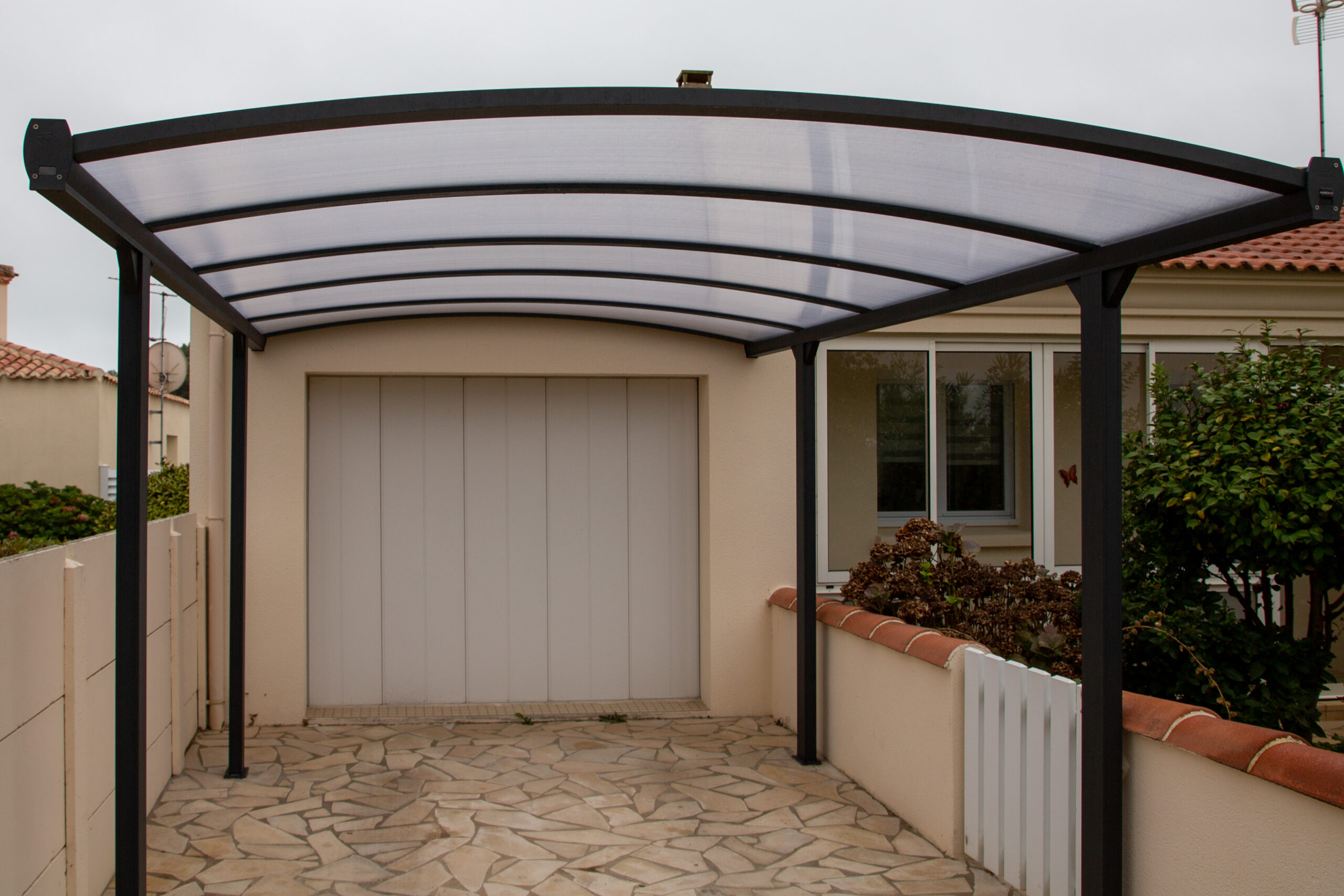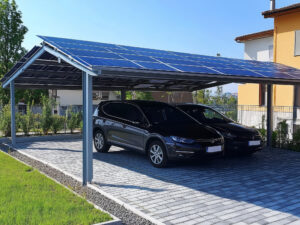In recent years, carports have become a popular choice for homeowners looking to protect their vehicles without the high cost of building a traditional garage. Whether it’s for shielding cars from weather elements, offering shade, or even serving as a multi-functional outdoor space, carports provide a versatile and budget-friendly solution. In this article, we’ll delve into everything you need to know about carports—from the different types to materials, design options, and maintenance tips.
What Exactly is a Carport?
At its core, a carport is a semi-covered structure designed to provide overhead protection for vehicles. Unlike garages, carports don’t have walls on all sides, allowing for greater airflow and a lighter, more open design. They are especially favored by those who live in regions with mild weather or for people who simply want a convenient and affordable shelter for their cars, RVs, or boats.
Why Are Carports Gaining Popularity?
Carports offer a middle ground between a garage and no protection at all. Their ease of installation and lower price point have made them an attractive option for people looking for practical vehicle shelter without the investment of constructing a full garage. Additionally, carports can be customized to suit various needs, making them a versatile option for homeowners.
Types of Carports
When it comes to carports, there are several types to choose from. Let’s break down the most common ones:
Freestanding Carports
Freestanding carports are stand-alone structures that can be placed anywhere on your property. Made from materials like steel, aluminum, or wood, these carports are ideal for homes where the vehicle area isn’t directly next to the house. They can also be used for larger vehicles like RVs or boats.
Attached Carports
As the name suggests, attached carports are connected to the side of your house or building. They offer more structural support since they lean on the house, but they also limit flexibility in terms of placement. However, these are excellent for protecting vehicles while also providing quick and easy access to your home.
Portable Carports
Portable carports are lightweight, temporary structures that can be easily moved or taken down as needed. These are a cost-effective solution for those who might only need occasional coverage for their vehicles or equipment. They typically come in pre-packaged kits and are relatively easy to set up.
Materials Used in Carport Construction
The material you choose for your carport can make a significant difference in its durability, cost, and overall look.
Steel Carports
Steel is one of the most common materials used for carports due to its incredible strength and durability. These carports are built to last and can withstand various weather conditions, including snow, heavy rain, and wind. Steel carports are ideal for those seeking a sturdy, long-term solution.
Aluminum Carports
Aluminum carports are lightweight yet durable, making them a popular option for homeowners in coastal areas where rust can be an issue. While they might not be as robust as steel, they are more resistant to corrosion and require less maintenance.
Wood Carports
For those looking for a more traditional and aesthetically pleasing option, wood carports are the way to go. They can be custom-built to match the design of your home, but they do require more maintenance, such as regular sealing or staining, to protect them from the elements.
Advantages of Carports
One of the main reasons carports are so popular is their versatility and affordability. Here’s a deeper look at some of the key benefits:
Cost-Effectiveness Compared to Garages
Building a garage can be expensive and time-consuming. Carports, on the other hand, are significantly cheaper and faster to install, making them a great option for budget-conscious homeowners.
Versatility of Use
Beyond just protecting cars, carports can be used to shelter boats, RVs, motorcycles, and even outdoor workspaces. You can also use them for additional storage or as a shaded area for outdoor gatherings.
Ease of Installation
Carports are easy to install and can be set up in a matter of hours, depending on the type and complexity. Whether you choose a DIY kit or hire a professional, carports offer a quick and effective solution.
Energy Efficiency
Carports provide natural shading, which helps keep your vehicle cooler, reducing the need to use air conditioning as much during the hot months. They also reduce sun exposure, helping to prevent wear on your vehicle’s paint and interior.
Design and Customization Options
Carports can be tailored to fit your specific needs. From the size to the type of roof, you have plenty of choices.
Customizing the Size
Carports come in various sizes, from compact single-vehicle models to large multi-car shelters. You can also customize them to accommodate taller vehicles like RVs.
Roofing Choices
There are different roofing styles to consider. Gable roofs are more traditional and offer better water drainage, while flat roofs are simpler and often cheaper to install.
Aesthetic Enhancements
Carports aren’t just functional—they can also be stylish. You can choose from a variety of colors, materials, and designs to match your home’s exterior.
Permits and Local Regulations
Before building a carport, it’s essential to check your local zoning laws and permit requirements. In some areas, constructing a carport may require a permit, while other places have strict guidelines on placement and size. Failing to comply with these regulations can lead to fines or having to remove your carport entirely.
Maintenance Tips for Carports
Maintaining a carport is relatively simple but essential to ensure it remains in good condition for years to come.
- Cleaning: Regularly clean your carport to prevent dirt buildup and damage from the elements.
- Rust Prevention: For metal carports, applying a rust-prevention coating can extend their lifespan.
- Wood Protection: Wooden carports need to be sealed or stained every few years to protect against moisture and decay.
Carports vs Garages: Which is Better?
Both carports and garages have their pros and cons. While garages offer more security and enclosed protection, carports provide more flexibility and are more affordable. If you’re mainly looking for vehicle protection from the elements and don’t require additional storage, a carport is a great option.
Conclusion
Carports offer a fantastic balance of affordability, versatility, and ease of use. Whether you need to protect a car, boat, or even create a sheltered outdoor space, carports are a practical solution that can be customized to meet your needs. With minimal maintenance and installation requirements, they’re an excellent alternative to garages for many homeowners.




